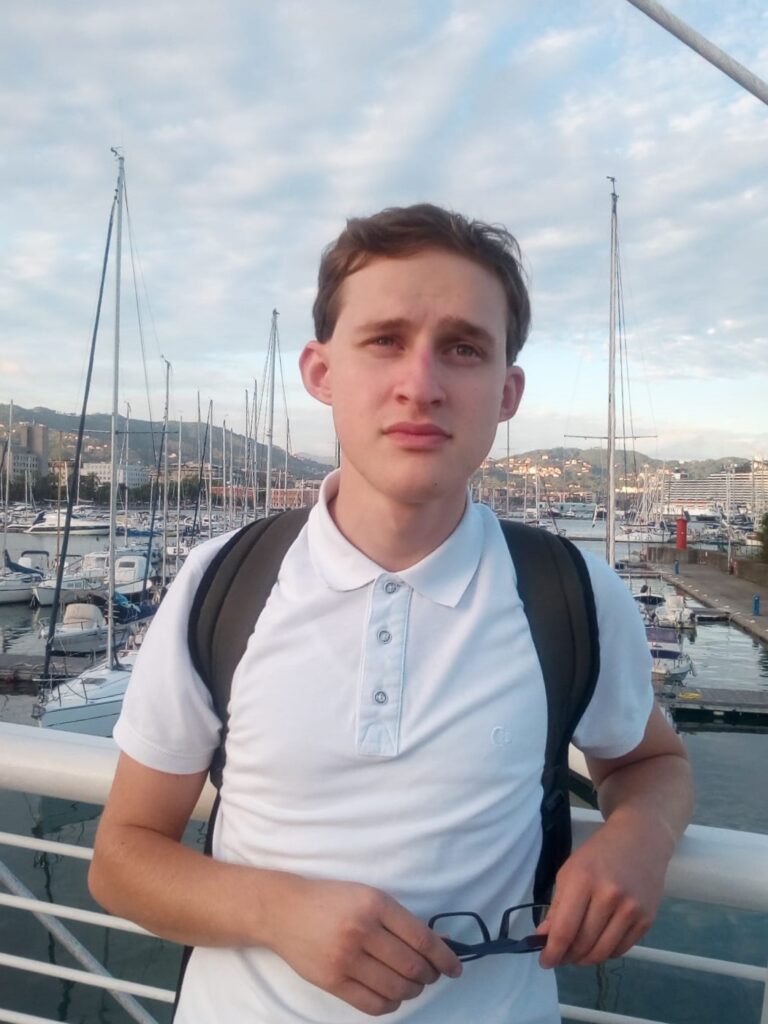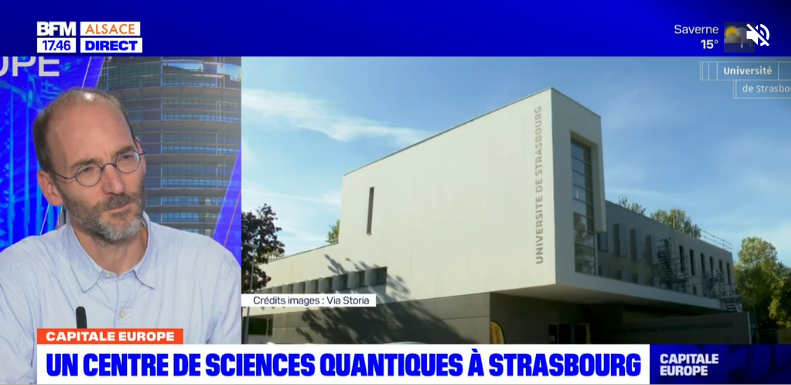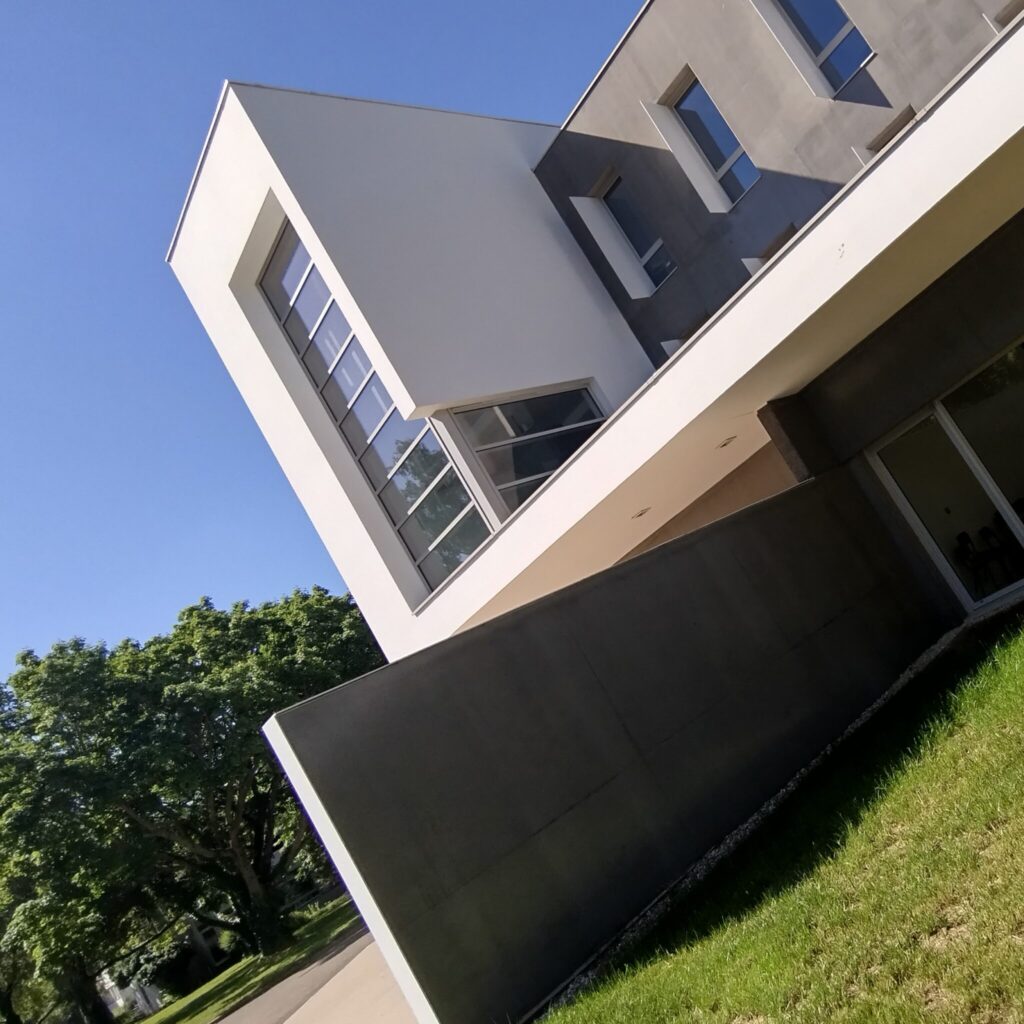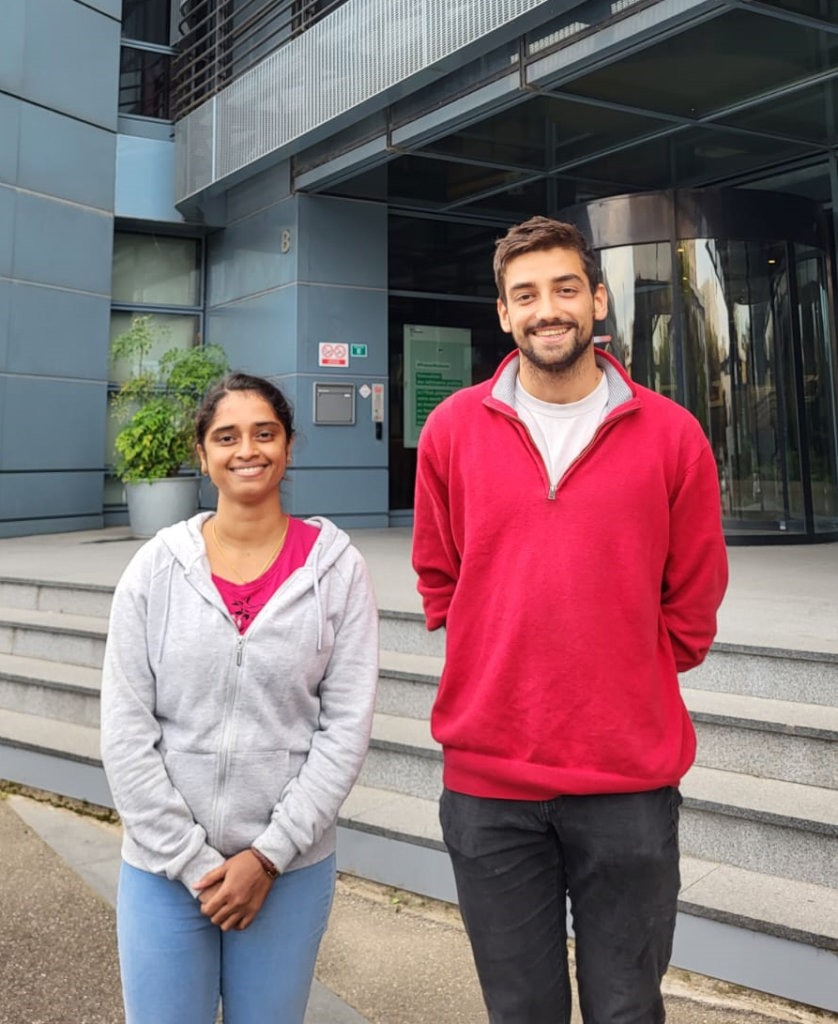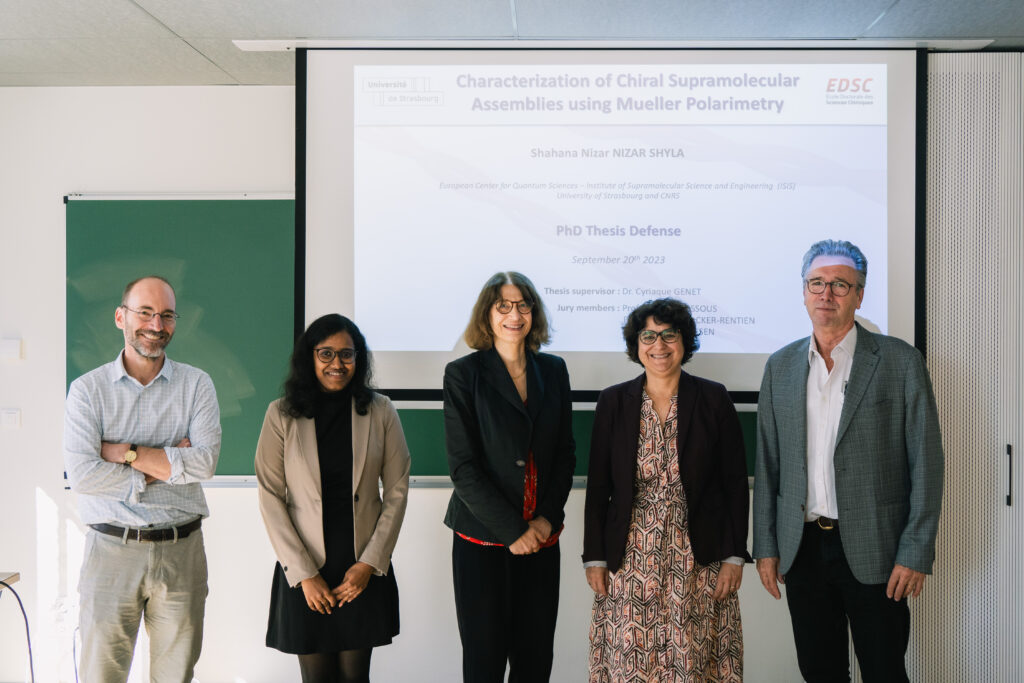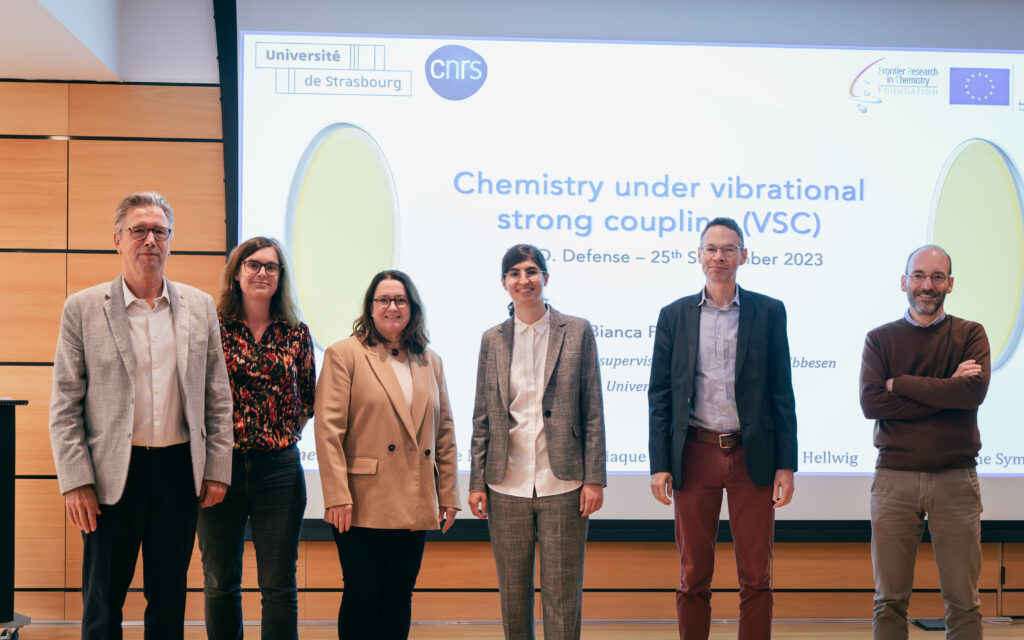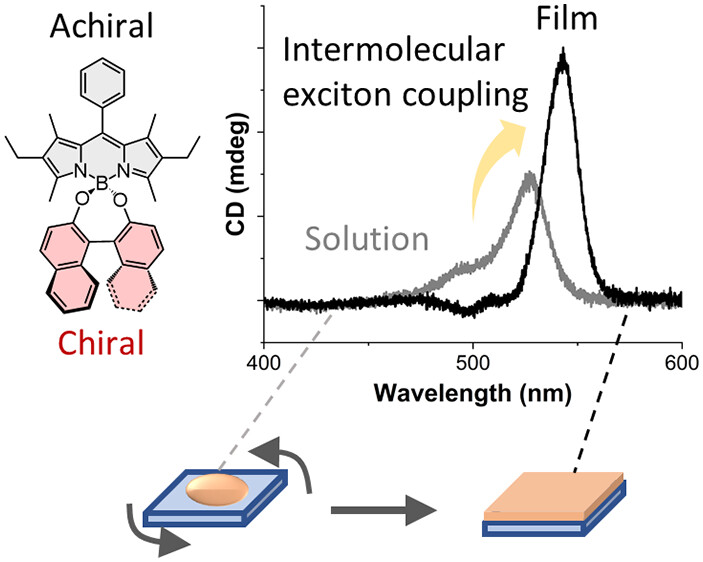Since one week, we have the pleasure to welcome Francesco Bertocchi as a visiting PhD student in our group. He graduated from University of Parma in 2021 with a master’s degree in Chemistry, then he started a PhD in Chemical Sciences, still at University of Parma, in the Spectroscopy and Modeling of Functional Molecular Materials group, directed by Pr Anna Painelli. His main research interests are supramolecular aggregation and chirality. Francesco is now in his third and last PhD year and will stay among us for 3 months, welcome to him !
CESQ inauguration, follow-up
Following the CESQ inauguration, Cyriaque Genet was interviewed by BFM TV Alsace yesterday evening. If you want to listen to him (in french) and understand, among other things, why researchers don’t speak german at the CESQ, follow the link !
CESQ inauguration
The CESQ (Centre Européen de Sciences Quantiques, aka ISIS3), to which our LIMACS subgroup is attached, will be inaugurated next week, on 16th and 17th of October. After an official ceremony, the scientific program will start by an opening conference of Jean Dalibard at CESQ on Monday 16 at 5.30pm, followed by a full day of conferences at ISIS on Tuesday 17.
Departures and arrivals
As often, autumn is a period of departures and arrivals in the lab : Shahana, Bianca and Sujith all left the group after the end of their contract, and we wish them all the best for their future !
We have the pleasure to welcome two new students, Benjamin Boglio and Swathi Swaminathan.
Photo : Antoine Tartar
Ladies first, Swathi is originated from Tamil Nadu (India). She is a physical chemist and graduated in 2015 from Pondichéry University. She pursued with a phD thesis at IIT Kanpur, entitled Harvesting hot holes through visible light excitation of plasmonic nanoparticles for photocatalytic reactions, under the supervision of Dr Manabendra Chandra and Pr. Jitendra K. Bera and she defended in may 2023. She will help us to elucidate how chemical reactions are affected by vibrational strong coupling.
Concerning Benjamin, he was born in New Caledonia but grew up in Tasmania (Australia). He moved to Strasbourg where he obtained his bachelor degree in chemistry before integrating the program of the CSC graduate school. He is now starting his phD under the codirection of Mathias Pauly , from PECMAT team at ICS, and Cyriaque Genet. He will study chirality preserving mirrors and chiral cavities with the Mueller polarimetry.
Welcome to both of them !
Seminar Anoop Thomas
Anoop Thomas, former postdoc in our group, now assistant professor at IISc Bengaluru (India) will visit us this end of the week and will give a seminar entitled
“Exploring electrical conductance of amorphous non-conducting polymers under strong-coupling”
on Friday 6th of october, in the meeting room of ISIS, at 2pm.
Congratulations to our new doctors !
Bianca’s phD defense
Today, Bianca Patrahau will defend her phD thesis entitled
Chemistry under vibrational strong coupling
Her work was carried out under the supervision of Thomas Ebbesen and her jury will be composed of two invited members, Petra Hellwig and Cyriaque Genet, from Strasbourg University, and two referees, Clémentine Symonds, from Institut Lumière Matière, at Université Lyon 1, and Aloyse Degiron, from Laboratoire Matériaux et Phénomènes Quantiques, at Université Paris Cité.
The defense will take place in ISIS conference room at 9 am.
Shahana’s phD defense and Minisymposium
Shahana Nizar Nizar-Shyla will defend her phD work, entitled
Characterization of chiral supramolecular assemblies using Mueller polarimetry
and performed under the supervision of Cyriaque Genet, tomorrow September 20, at 9am in the seminar room of ISIS2 (2nd floor).
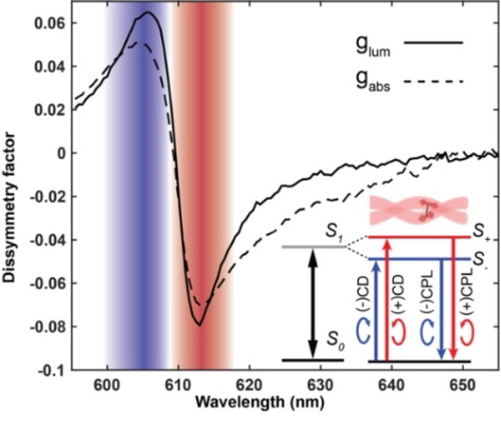 On this occasion, we will have this afternoon a minisymposium at 3pm (same place) “Chirality, from molecular engineering to high resolution chiroptical spectroscopy“, welcoming Jeanne Crassous from Rennes University and Anne Zehnacker-Rentien from Paris-Saclay University. Please have a look here for the abstracts of their talks.
On this occasion, we will have this afternoon a minisymposium at 3pm (same place) “Chirality, from molecular engineering to high resolution chiroptical spectroscopy“, welcoming Jeanne Crassous from Rennes University and Anne Zehnacker-Rentien from Paris-Saclay University. Please have a look here for the abstracts of their talks.
Refreshment
We refreshed our Publications page with some new papers, already online or deposited on arXiv. You will learn that stochastic resetting, implemented in a time-dependent optical trapping potential, behaves as a Maxwell demon, find a scattering formalism framework for analyzing spin-momentum locking in plasmonic metasurfaces, read that a bottom-up approach is possible for fabricating chiral mirrors, discover how exciton coupling induces a large chiroptical response in an organic film and understand how to emulate temperature protocols and to estimate their entropic cost using an optically trapped microsphere. Congratulations to all authors and happy reading !
Welcome to (another) Rémi !
We have the pleasure to welcome for one year Rémi Avriller as a visiting researcher in our team, as part of the Itinerance@INC2023 call. Rémi is a permanent researcher from the CNRS in Condensed Matter Theory team and Quantum Transport and Nano Electro Mechanical Systems group in LOMA, Bordeaux University, France. He is a condensed matter theorist, specialized in mesoscopic physics and quantum transport. He is currently investigating the stochastic dynamics of chemical reactions and the chiroptical properties of molecules strongly coupled to electromagnetic Fabry-Pérot modes and no doubt that we will share plenty of nice discussions and projects with him !

